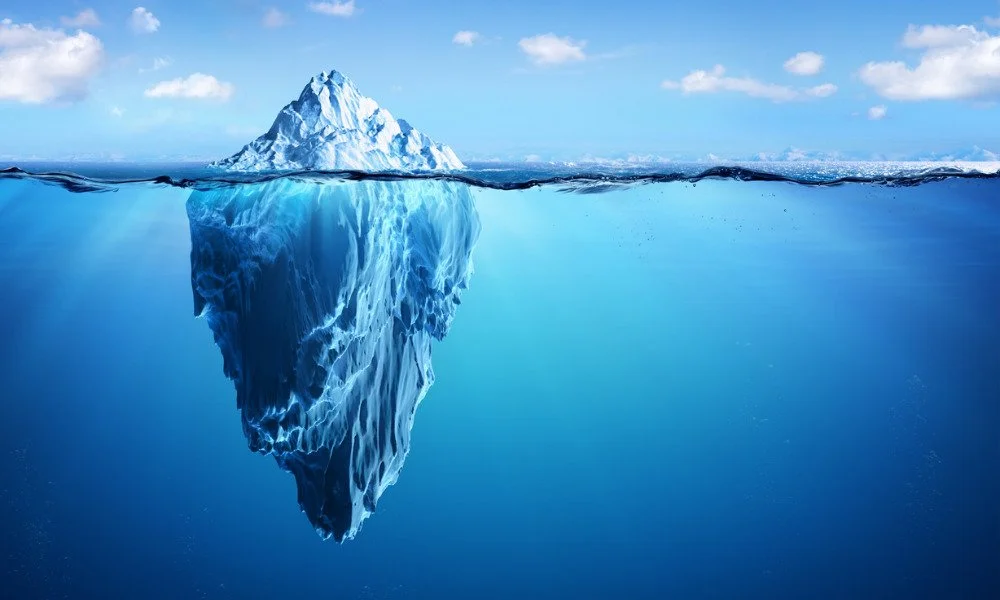
Interstellar Objects
Scroll ↓
Solar System comets and asteroids were the building blocks of our own planets, and they have told us much about how our planets formed. ‘Oumuamua presents us with the first up-close glimpse of raw material from an alien system of planets. Although it is long gone now, out past Jupiter, it continues to fascinate.
‘Oumuamua’s path through the inner Solar System cannot be described by just the Sun’s gravitational influence. It must have experienced an additional, non-gravitational acceleration. Astronomers have speculated over the source of this acceleration, with theories ranging from explosive break-up to solar radiation pressure on a membrane-thin interstellar probe. A more mundane explanation, however, is that the acceleration was generated by a nozzle-like venting of sun-warmed gas.
What was ‘Oumuamua’s composed of?
In 2020, we demonstrated that all of ‘Oumuamua’s mysterious properties may be explained if it was composed of molecular hydrogen ice (Seligman & Laughlin, 2020).
More recently, we demonstrated that ‘Oumuamua could have been composed of amorphous ice (Bergner & Seligman, 2023). We reported that the acceleration of ‘Oumuamua is due to the release of entrapped molecular hydrogen that formed through energetic processing of an H2O-rich icy body. In this model, ‘Oumuamua began as an icy planetesimal that was irradiated at low temperatures by cosmic rays during its interstellar journey, and experienced warming during its passage through the Solar System. This explanation is supported by a large body of experimental work showing that H2 is efficiently and generically produced from H2O ice processing, and that the entrapped H2 is released over a broad range of temperatures during annealing of the amorphous water matrix.
I proposed a rendezvous mission concepts to a future interstellar object in Seligman & Laughlin 2017.
If we had been ready for ‘Oumuamua, it would have been remarkably easy to do an in-situ observation. The image below displays the trajectory of the minimum energy interception mission. The trajectories for `Oumuamua, the Earth, and the rocket are plotted in red, blue and grey respectively. The arrows indicate the positions in space of `Oumuamua and the rocket on the launch and interception date, 7/25/2017 and 10/16/2016. For a 3-D manipulable plot of the optimal interception mission, click here.
‘Oumuamua was the first macroscopic interstellar object detected passing through the Solar System and it has left a number of mysteries in its wake. We know it came from the depths of interstellar space because its orbit was notably hyperbolic.
Schematic of an adopted jet model explaining `Oumuamua’s tumbling rotation.
Remarkably, ‘Oumuamua displayed zero evidence of a cometary tail. Even more confounding, an ordinary comet-like jet would also rapidly spin ‘Oumuamua up, yet when it was monitored with telescopes, it changed from bright to dim on a fairly regular 4-hour schedule.
What caused ‘Oumuamua’s non-gravitational acceleration, if it had no detectable outgassing?
In 2019, we proposed that ‘Oumuamua had jets which migrated along the surface, following the warmth, and tracking the direction to the Sun (Seligman, Laughlin, & Batygin, 2019). In the full three-dimensional case, ‘Oumuamua manages to tumble, as was observed, but it never spins up significantly. For ‘Oumuamua to cycle its brightness consistently every four hours as was observed, it must be about 250 meters long. We built upon this work in Taylor et al. 2023.
Preparing for Future Interstellar Object Visits
With ‘Oumuamua gone, we look towards the bright future of detecting and characterizing interstellar objects will the Vera C. Rubin Observatory.
My student, Devin Hoover (now a graduate student at the University of Arizona) predicted that we will detect ~15 new interstellar objects over the ~10 year lifetime of the Rubin Legacy Survey of Space and Time. Additionally, we predict that 1-3 of these objects should be reachable with future rendez-vous missions, such as Bridge and Comet Interceptor (Hoover, Seligman, & Payne, 2022).





